deer and conifers
zephyrgal
9 years ago
Featured Answer
Sort by:Oldest
Comments (14)
georgeinbandonoregon
9 years agoUser
9 years agoRelated Professionals
Mitchellville Landscape Architects & Landscape Designers · Port Royal Landscape Architects & Landscape Designers · Bethlehem Landscape Contractors · Alpharetta Landscape Contractors · Bedford Heights Landscape Contractors · Bethel Park Landscape Contractors · Costa Mesa Landscape Contractors · Galt Landscape Contractors · Homewood Landscape Contractors · Lebanon Landscape Contractors · Mount Kisco Landscape Contractors · New Providence Landscape Contractors · Oak Forest Landscape Contractors · Pahrump Landscape Contractors · Casselberry Landscape Contractorsishcountrygal
9 years agogeorgeinbandonoregon
9 years agozephyrgal
9 years agoUser
9 years agosevernside
9 years agozephyrgal
9 years agowisconsitom
9 years agoishcountrygal
9 years agoishcountrygal
9 years agoishcountrygal
9 years agolast modified: 9 years agoMike72
9 years ago
Related Stories
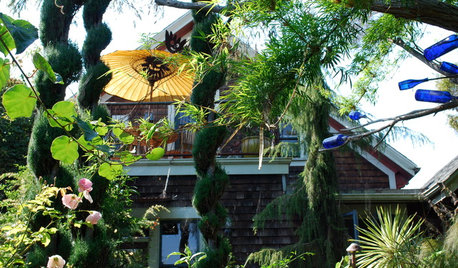
PLANTING IDEASDesigning With Conifers: How to Unite Your Landscape
Create a landscape full of intrigue and artistry with the right placement of conifers and their supporting players
Full Story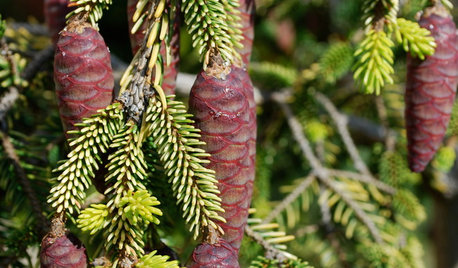
GARDENING GUIDESGreat Design Plant: Skylands Oriental Spruce, a Favorite Conifer
Brighten up a drab corner of your garden with Picea orientalis ‘Skylands’, a smaller spruce that a bird family might just call home
Full Story
GARDENING GUIDESGreat Garden Combo: 3 Wonderful Plants for a Deer-Resistant Screen
Protect your privacy and keep deer at bay with a planting trio that turns a problem garden area into a highlight
Full Story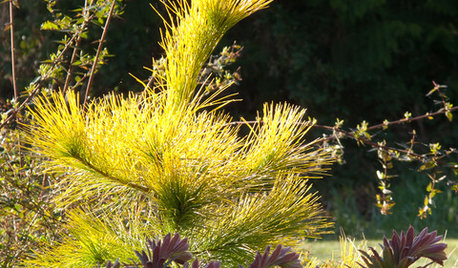
GARDENING GUIDESGreat Design Plant: Louie Eastern White Pine
This stunning golden conifer will bring a smile to your face and add a ray of sunshine to your winter garden
Full Story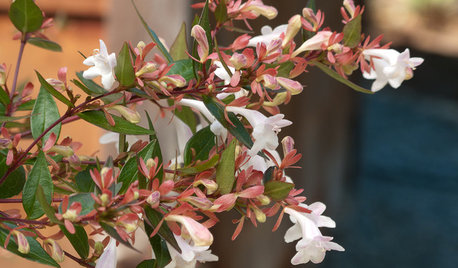
GARDENING GUIDESGreat Design Plant: Glossy Abelia for Year-Round Beauty
Fragrant flowers, burgundy foliage and hummingbird allure. Deer shun this shrub, but it's a 5-star performer you'll love
Full Story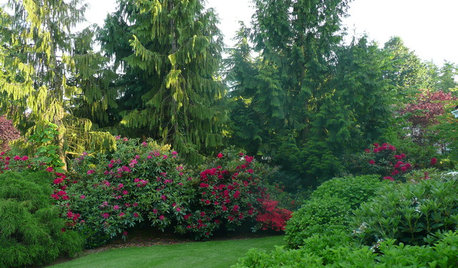
GARDENING GUIDESGreat Design Plant: Chamaecyparis Nootkatensis
Alaska cedar brings an element of sculpture to the garden
Full Story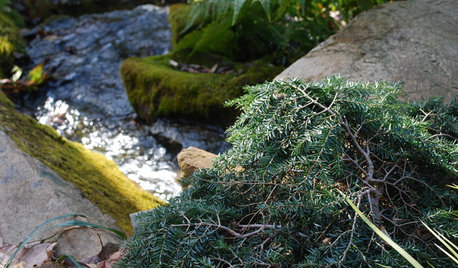
GARDENING GUIDESGreat Design Plant: Tsuga Canadensis ‘Bennett’
Bennett Canadian hemlock thrives in shade and provides sculptural interest in eastern U.S. gardens
Full Story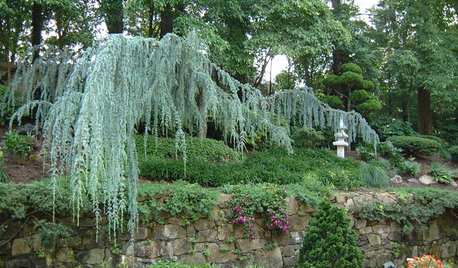
GARDENING GUIDESGreat Design Plant: Cedrus Atlantica ‘Glauca’
With its blue foliage and variety of shapes, blue atlas cedar earns its place in the sun
Full Story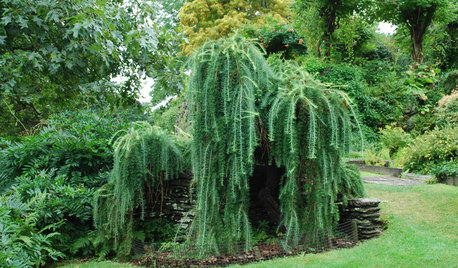
GARDENING GUIDESGreat Design Plant: Larix Decidua ‘Pendula’
Soft, graceful and sculptural, weeping larch is a star in northern U.S. gardens
Full Story
MOST POPULARHouzz Call: Show Us Your Winter View!
Share pictures of your home and garden in winter — whatever your climate, architecture and plantings
Full StoryMore Discussions






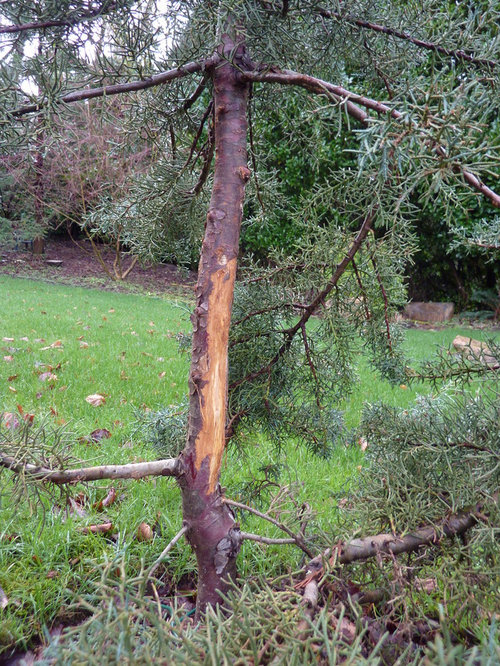
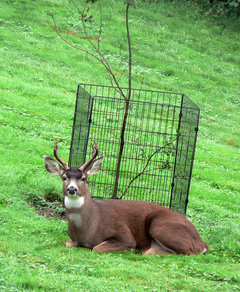

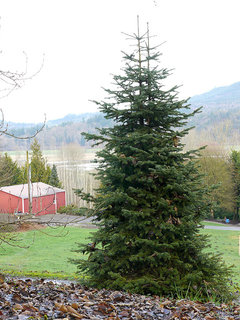
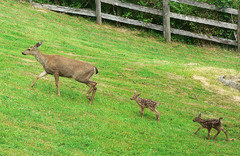
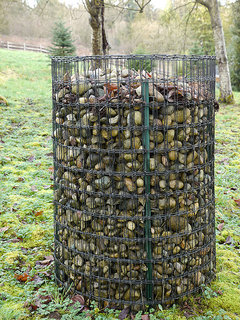



Embothrium